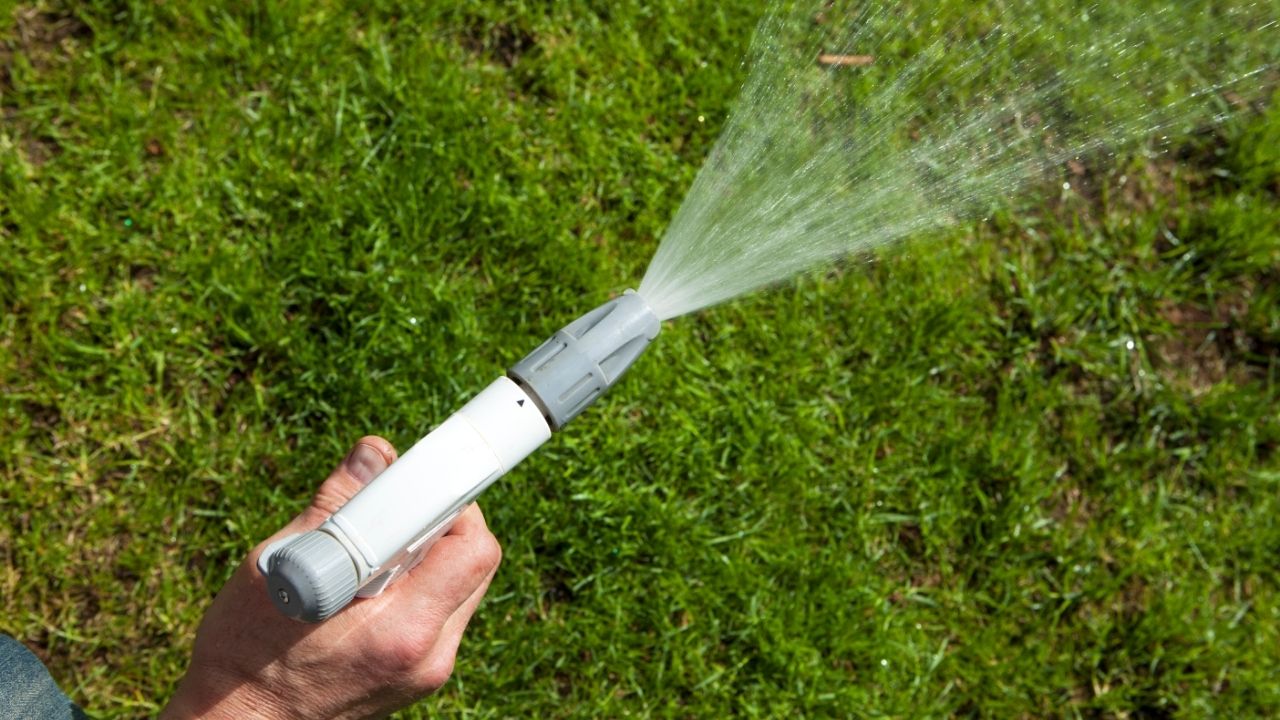Every homeowner dreams of a lush, green lawn, but achieving it takes more than sunlight and mowing. A well-planned lawn watering schedule for optimal growth is the key to keeping your grass healthy and vibrant.
Your lawn can become patchy, brown, and prone to weeds without proper watering. On the other hand, overwatering can lead to soggy soil and damage. This guide will help you find the perfect balance for a thriving lawn, regardless of season.
Lawn Watering Schedule for Optimal Growth
How to Water a Lawn the Right Way
Watering a lawn might seem simple, but there’s a right way to do it for the best results. A common mistake is watering too often or too lightly, which doesn’t allow the roots to grow deep. Deep-rooted grass is healthier, drought-resistant, and better for handling stress.
- Water deeply and less frequently: This encourages roots to grow deeper, making the grass more resilient.
- Use the right tools: For even coverage, a sprinkler system or a garden hose with a spray nozzle works well.
- Watch for runoff: If water starts pooling or running off, stop and allow it to soak in before continuing.
Pro Tip: For most grass types, aim for 1 to 1.5 inches of water per week, including rainfall.
The Best Time to Water the Lawn
When you water your lawn, it is just as important as how much you water it. Timing affects how well your grass absorbs water and reduces the risk of disease.
- Morning watering is ideal: Watering early, preferably between 6 a.m. and 10 a.m., allows water to soak into the soil before the sun evaporates.
- Avoid midday watering: During the hottest part of the day, most water evaporates before it reaches the roots.
- Skip nighttime watering: Watering late in the evening leaves grass blades wet overnight, encouraging fungal growth.
Watering in the morning gives your lawn the best chance to thrive while minimizing water waste.
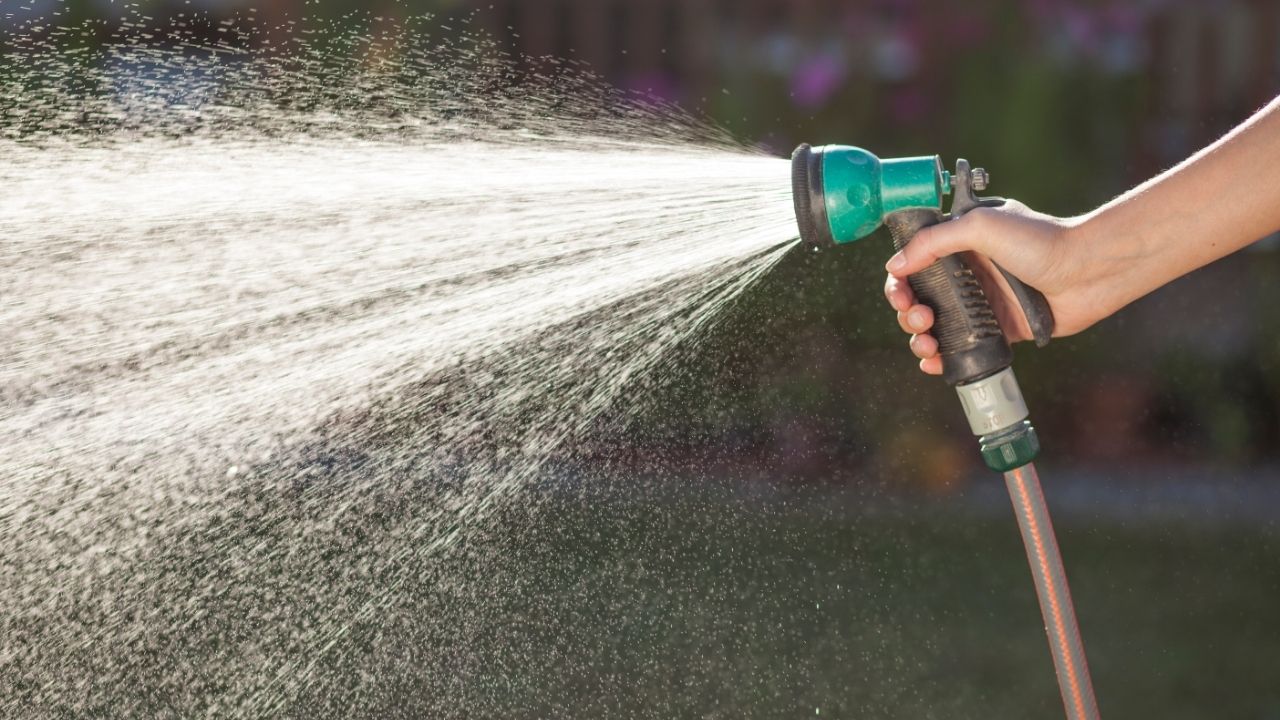
Water-Efficient Lawn Care Tips
Water conservation is becoming increasingly important, and water-efficient lawn care practices benefit your lawn and the environment. You can maintain a green yard while saving water with these strategies:
- Drip irrigation systems: These deliver water directly to the soil and roots, minimizing evaporation.
- Smart controllers: Use weather-based irrigation systems that adjust watering schedules based on real-time weather data.
- Mulch to retain moisture: Adding mulch around plants and garden beds helps retain soil moisture and reduces the need for frequent watering.
- Drought-tolerant grass types: Consider varieties like Bermuda or Zoysia grass, which require less water.
By combining these tips with proper scheduling, you’ll keep your lawn healthy while conserving resources.
Lawn Care in Hot Weather
Hot weather, especially heat waves, can stress your lawn. The grass may turn brown, become brittle, or show signs of disease. Adjusting your watering routine during summer can prevent these issues.
- Water more frequently but avoid overwatering: Increase watering intervals slightly, but ensure you’re not oversaturating the soil.
- Raise your mower blade: Cutting grass too short exposes the soil and roots to the sun, causing more evaporation.
- Use organic fertilizers: Healthy soil retains water better, reducing the need for frequent watering.
- Provide shade if possible: Planting trees or shrubs strategically can reduce heat stress on your lawn.
Remember, consistent care during hot months ensures your grass bounces back quickly after the heat subsides.
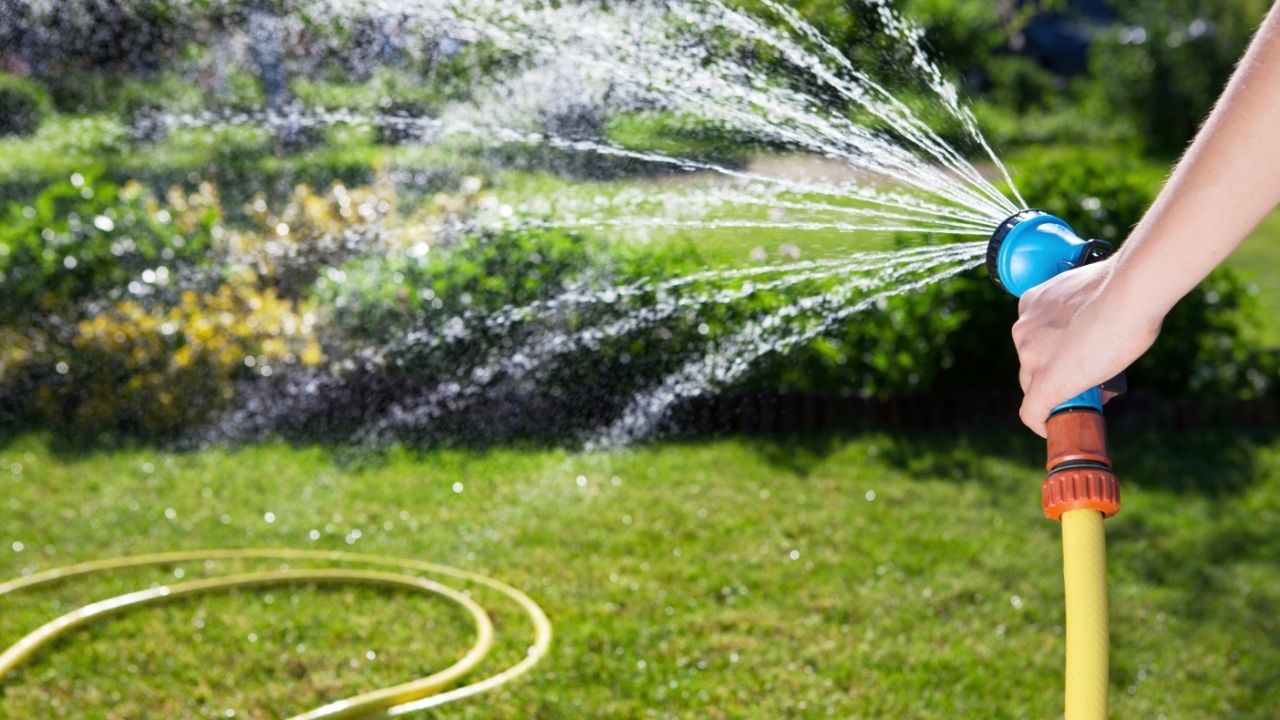
Watering Schedule for New Sod
If you’ve recently installed new sod, it will require special attention to establish strong roots. New sod dries out faster than established grass, so a dedicated watering schedule is crucial.
- Day 1: Water the sod immediately after installation.
- Days 2–14: Water lightly 2–3 times a day to keep the surface moist but not soggy.
- Weeks 3–4: Reduce watering to once daily as the roots start growing deeper.
- Week 5 and beyond: Transition to a regular watering schedule of 1–1.5 inches per week.
Proper hydration in the early stages ensures your sod establishes firmly and grows into a lush lawn.
Renton Lawn Maintenance Tips for Local Lawns
Renton’s climate, with its wet winters and dry summers, presents unique challenges for lawn maintenance. Adapting your lawn care routine to local conditions can help your grass thrive year-round.
- Monitor rainfall: During Renton’s rainy seasons, reduce watering to avoid oversaturation.
- Improve soil drainage: Aerate the soil in fall or spring to prevent water pooling and improve root health.
- Choose native grass varieties: Grass types suited to the Pacific Northwest, like perennial ryegrass, perform best in Renton’s climate.
- Fertilize seasonally: Apply the right fertilizer at the beginning of spring and fall to promote steady growth.
By customizing your lawn care routine to Renton’s weather, you’ll keep your yard in top shape all year.
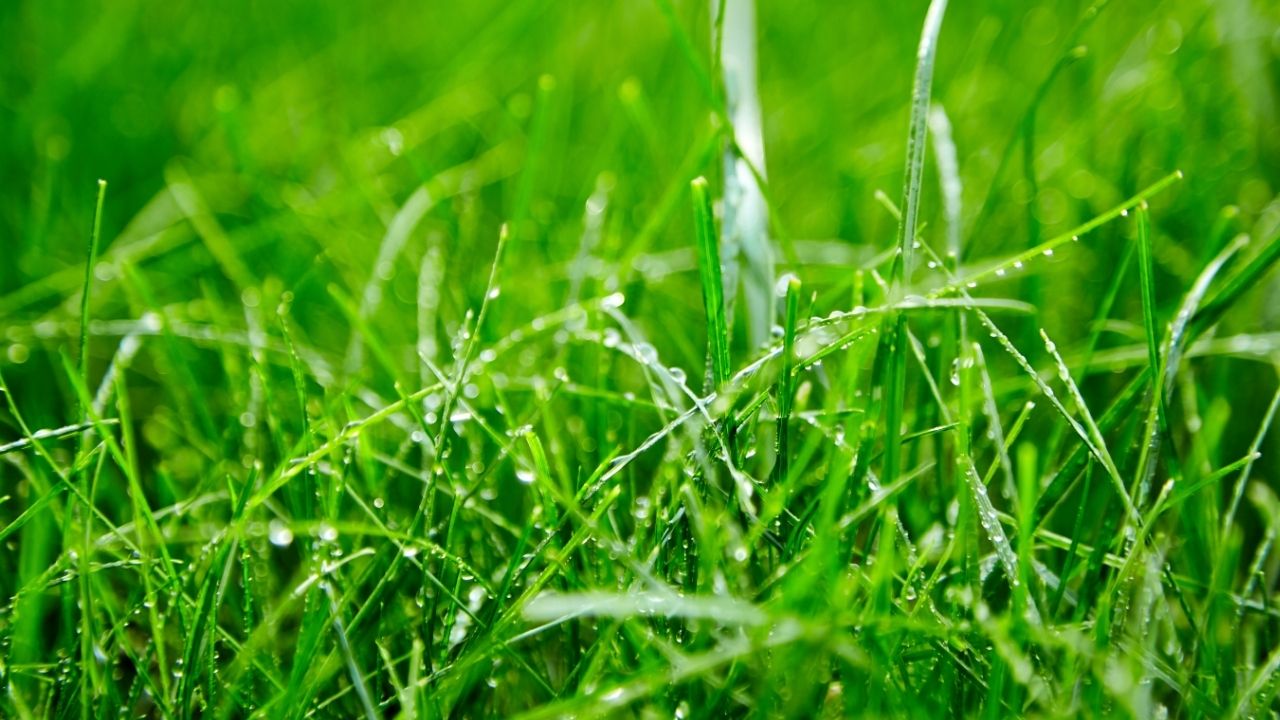
Preventing Overwatering
Overwatering is one of the most common mistakes homeowners make, and it can cause more harm than good. Grass that’s consistently oversaturated becomes prone to fungus, disease, and shallow root growth.
- Signs of overwatering: Look for yellowing grass, spongy soil, and increased weeds or fungal patches.
- Use a rain gauge: Measure how much water your lawn gets from both irrigation and rainfall.
- Adjust for the season: Reduce watering during cooler months when grass requires less hydration.
Remember, it’s better to slightly underwater than to consistently overwater. Your lawn will thank you for it.
Proper Lawn Irrigation Techniques
A good irrigation system ensures even watering and minimizes waste. Proper maintenance is essential for any irrigation system, whether a sprinkler, soaker hose, or drip system.
- Check for leaks: Leaks in hoses or sprinklers can waste water and create uneven coverage.
- Test sprinkler patterns: Ensure all areas of the lawn are receiving adequate water without overlap or dry spots.
- Upgrade to smart systems: Weather-based controllers or timers can automate your watering schedule, saving you time and effort.
- Inspect regularly: Check your irrigation system for clogs, broken parts, or misaligned sprinklers.
An efficient irrigation system keeps your lawn hydrated while reducing water waste.
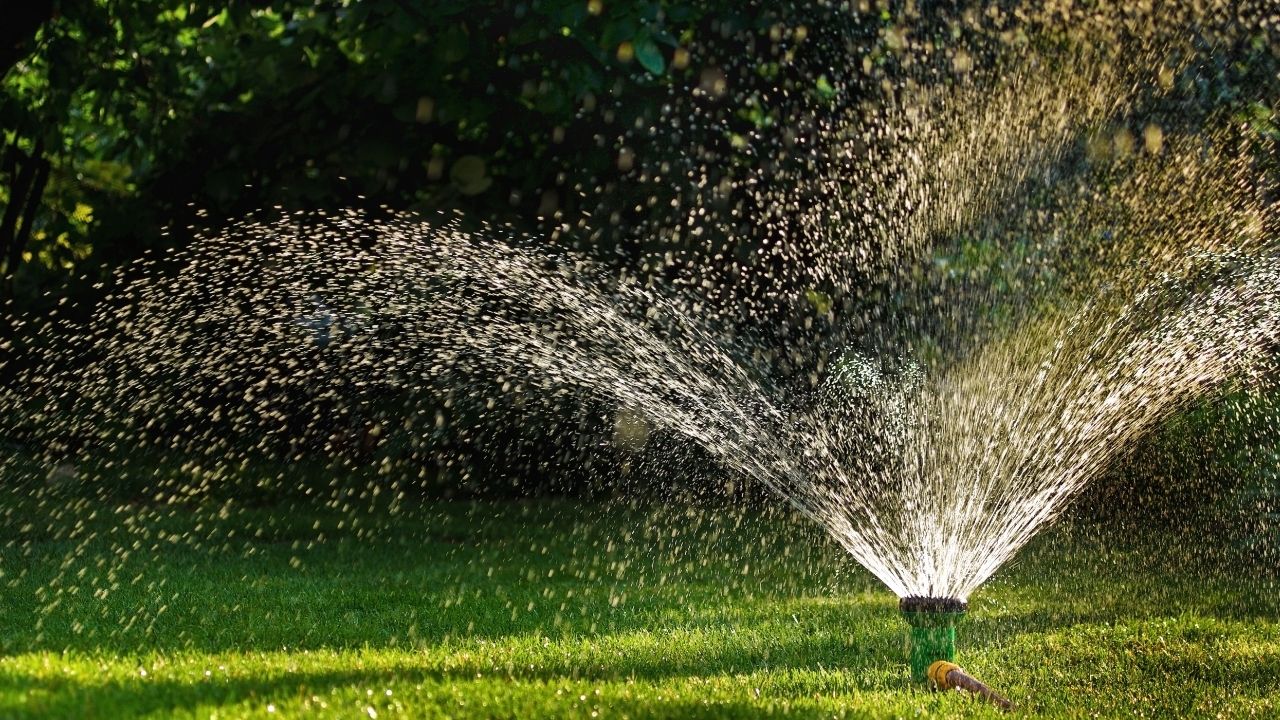
Achieve a Thriving Lawn with the Right Schedule
A well-planned lawn watering schedule for optimal growth is the secret to a lush, healthy yard. By watering at the right time, using water-efficient techniques, and tailoring your approach to local conditions, you’ll enjoy a beautiful lawn that lasts all year. Whether you’re caring for new sod, maintaining grass during hot weather, or preventing overwatering, these tips will help you succeed.
Ready to transform your lawn? Start implementing these strategies today, and watch your yard flourish! If you need more advice, feel free to reach out—we’re here to help.

